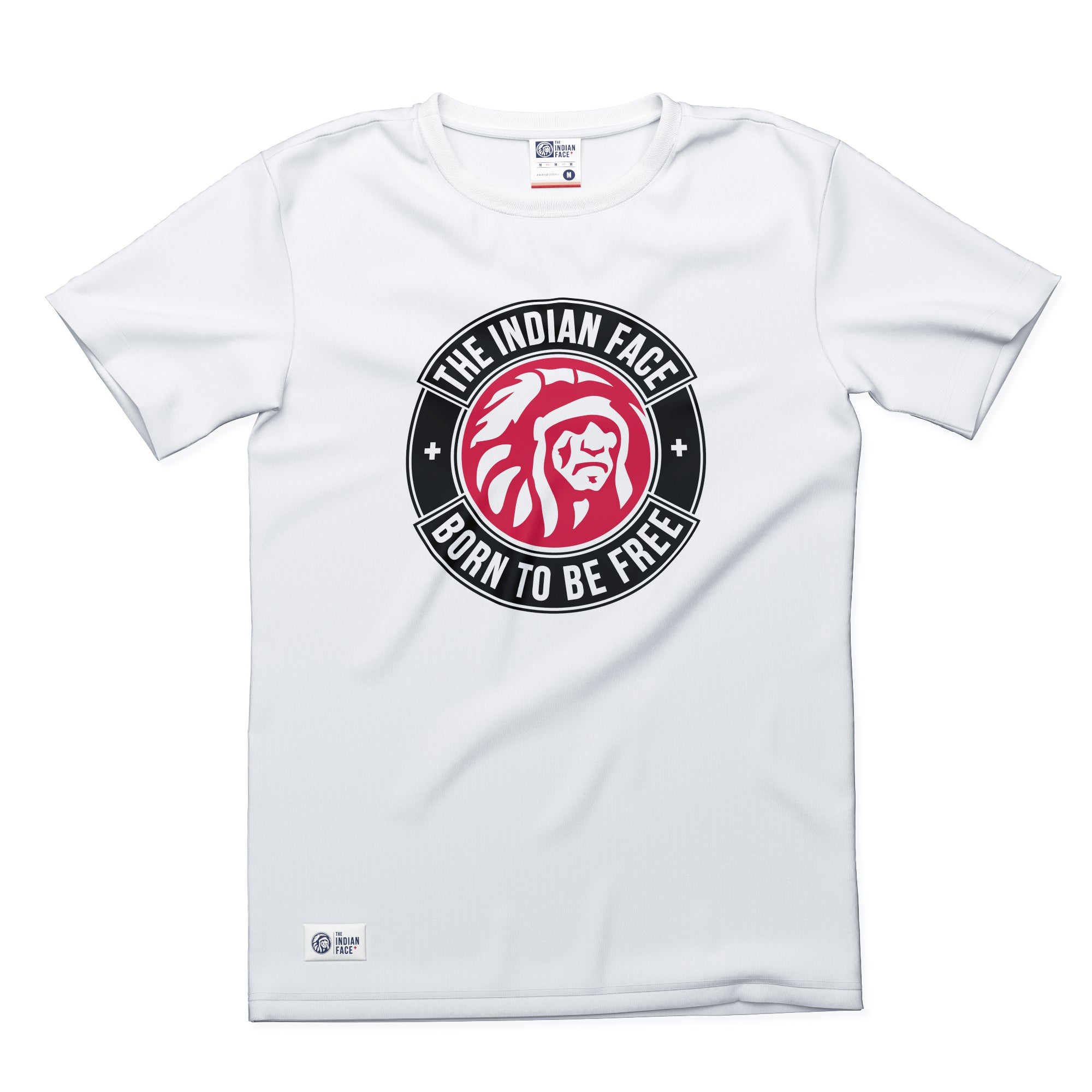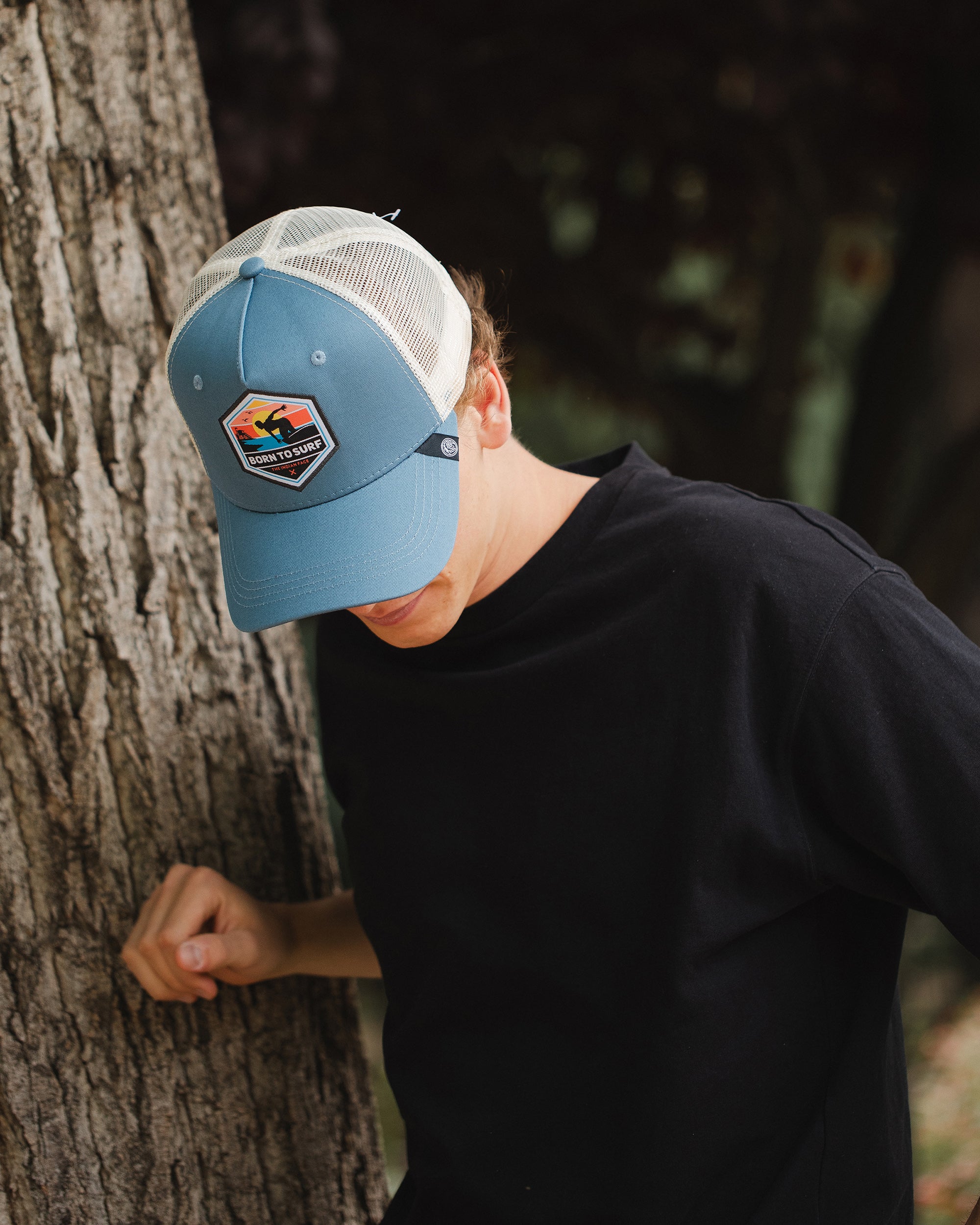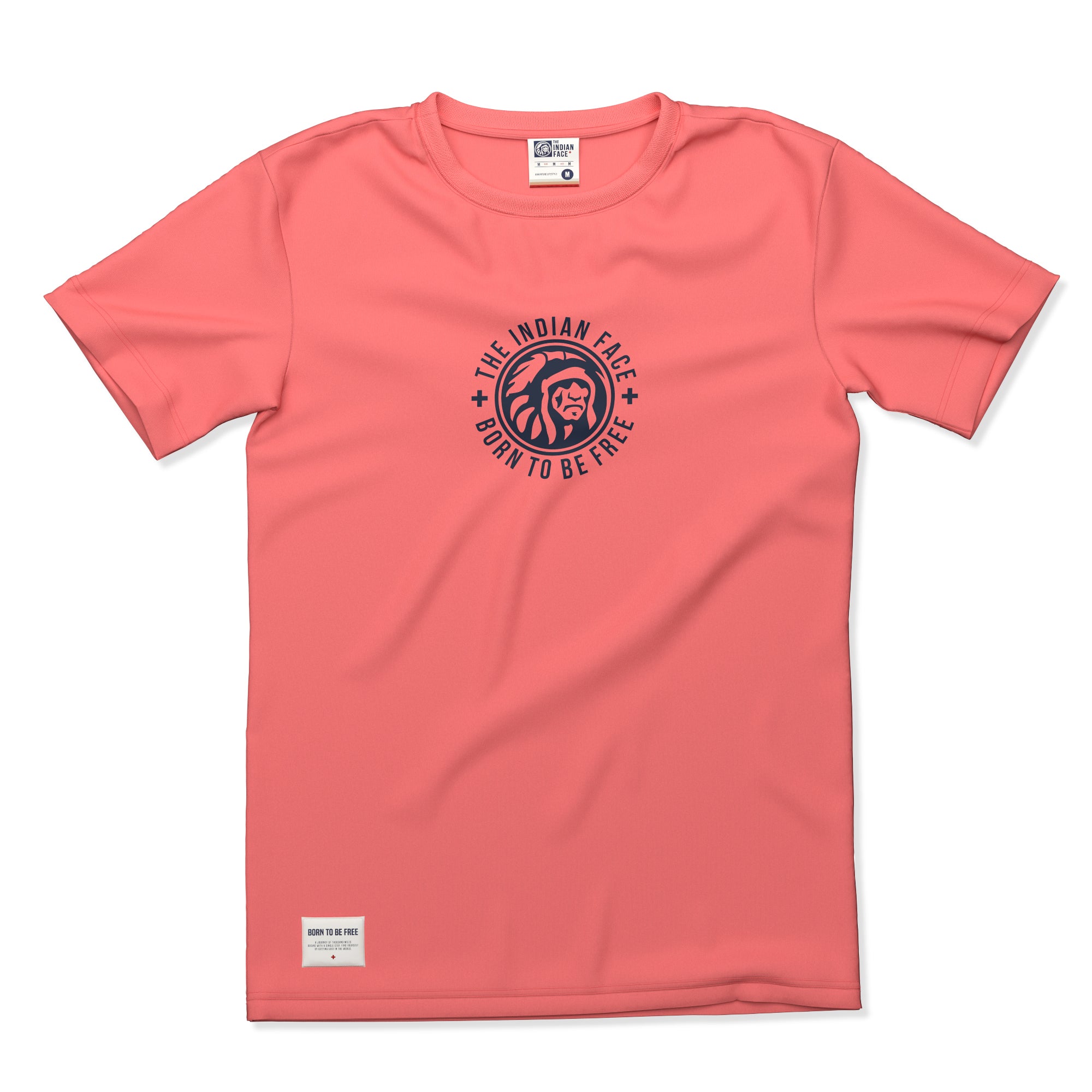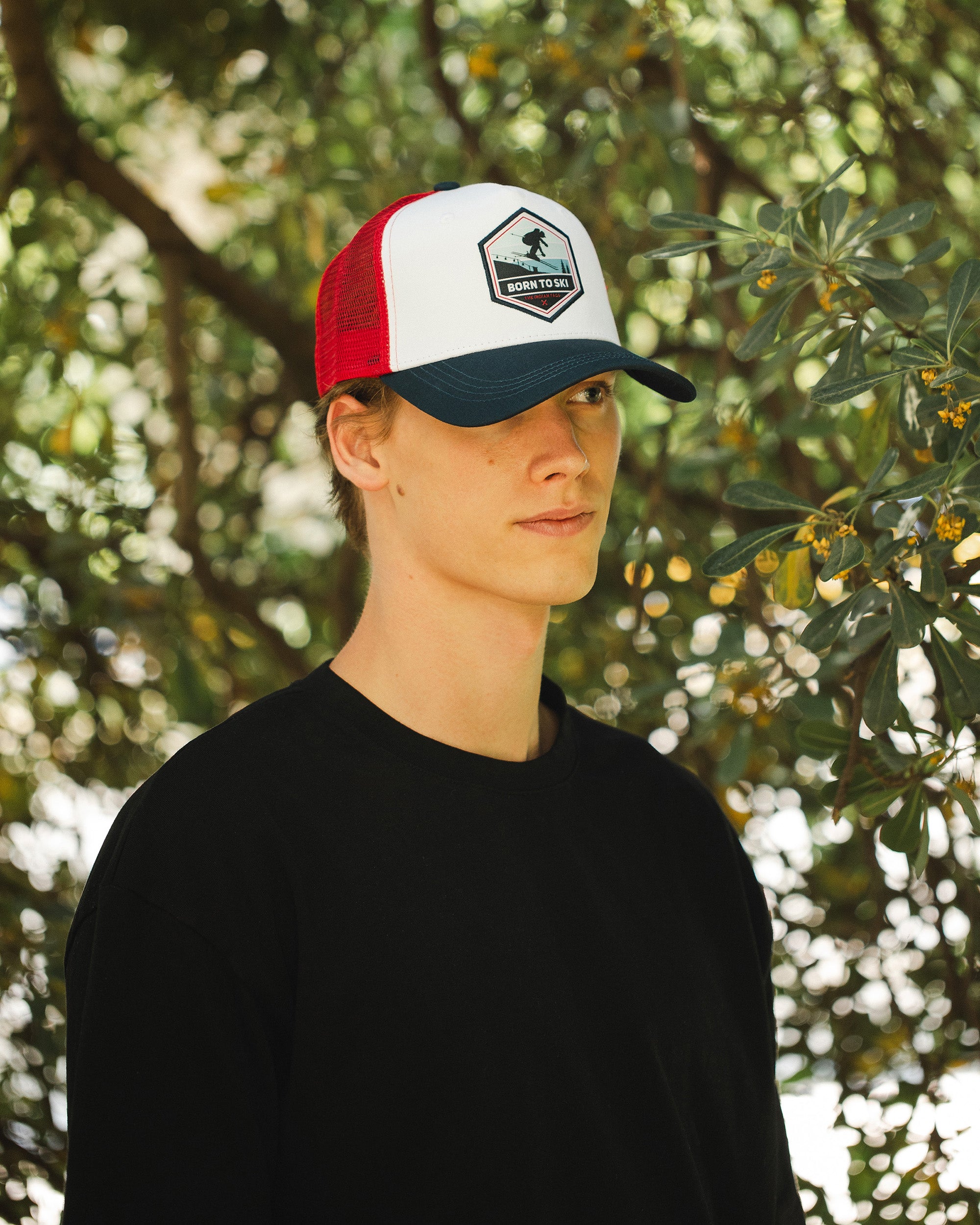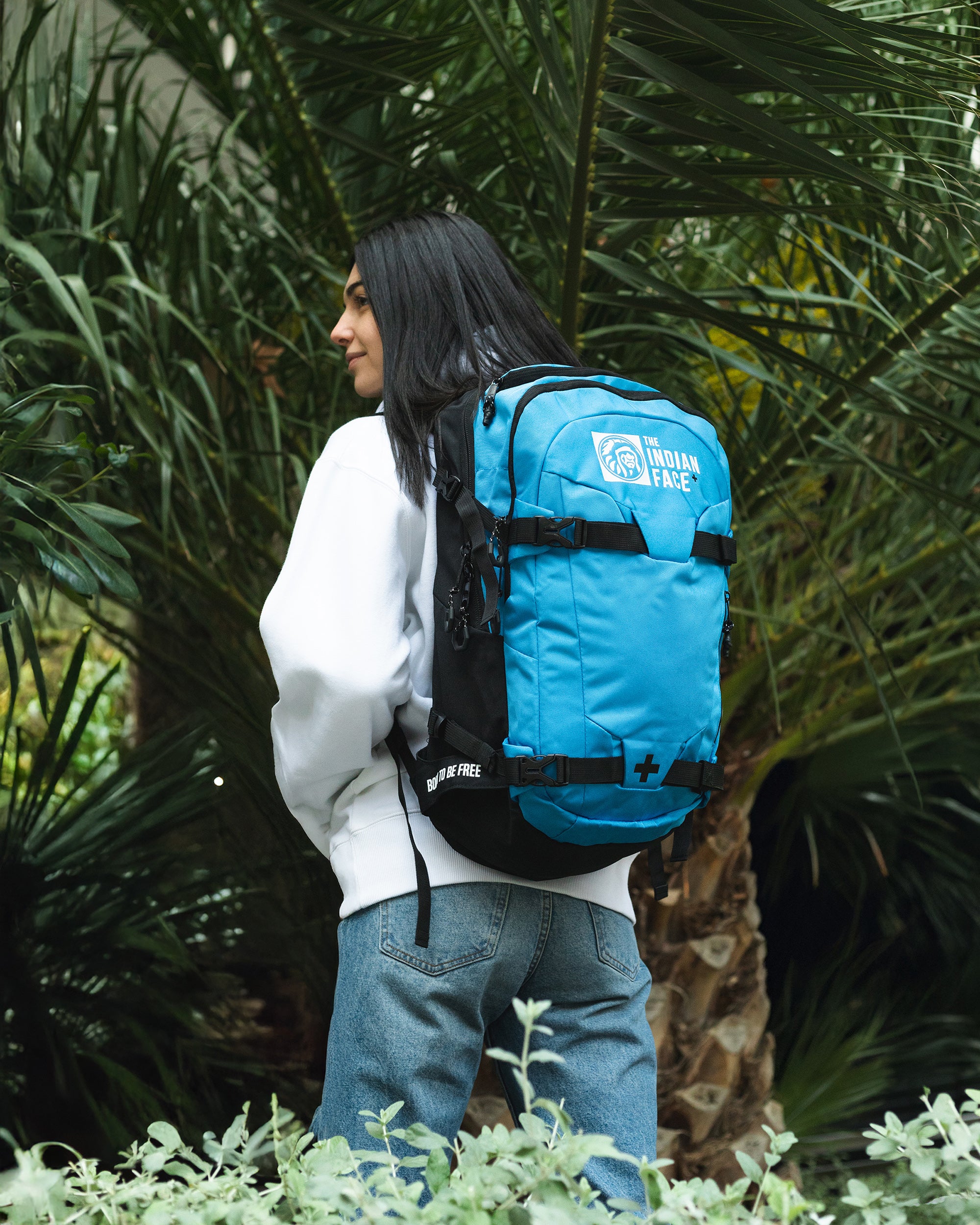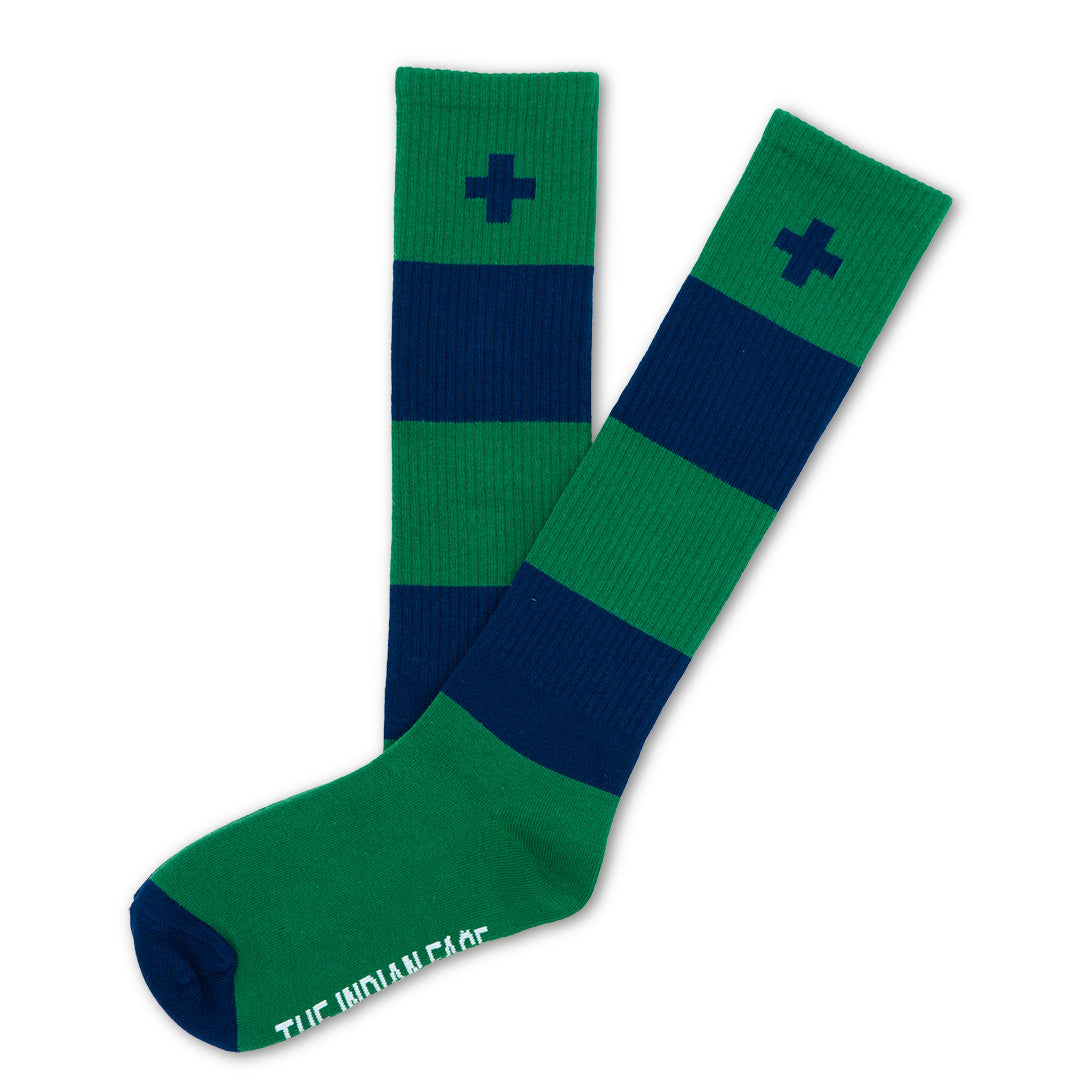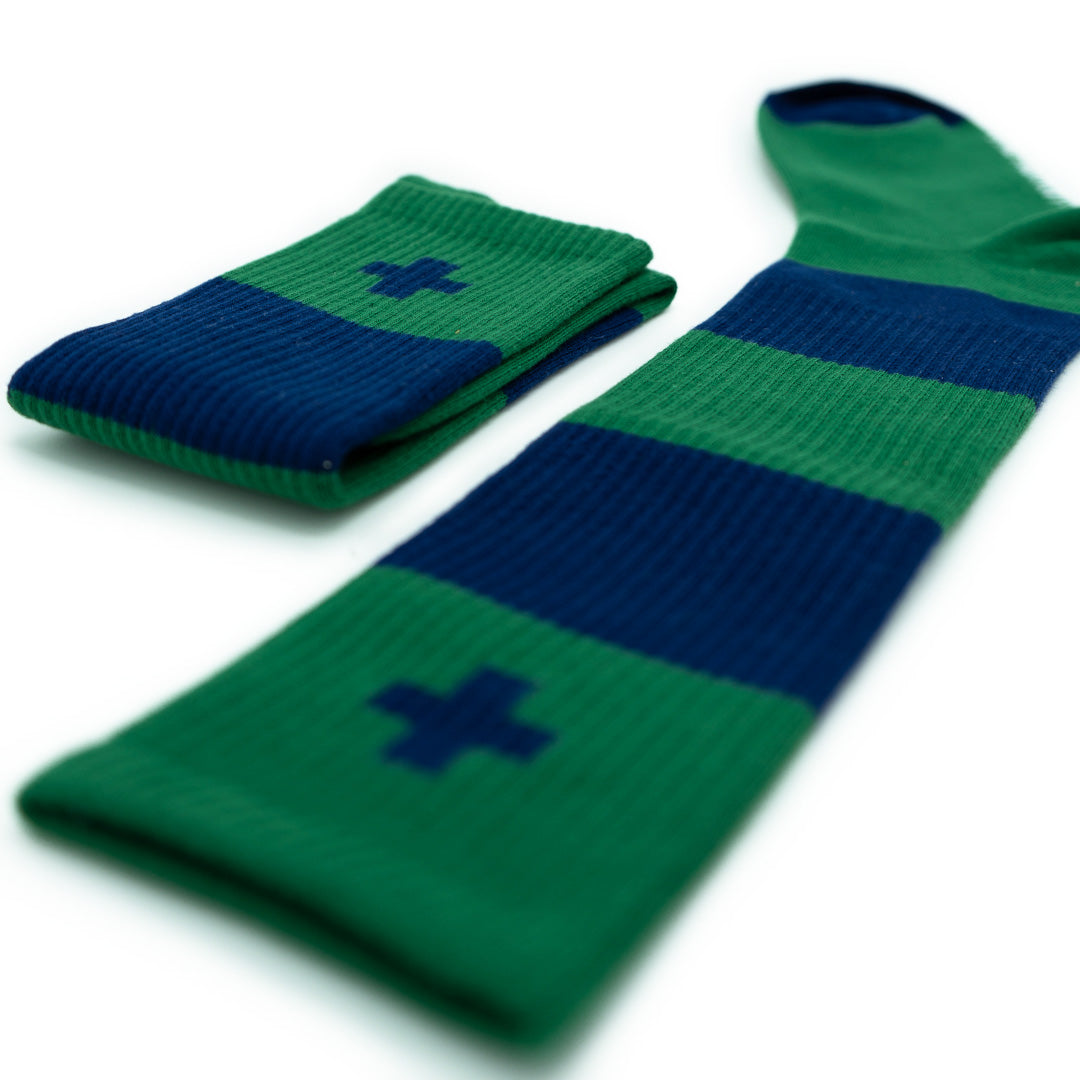Do you like to go out on kayaks? Are you a lover of water sports and take advantage of any occasion to get on your kayak and go for a walk? Everyone who ever tries kayaking falls in love, and no wonder. Kayaking can be practiced in rivers, lakes, seas, oceans... it is an incredible form of exploration. Some people practice it alone as a way to disconnect, to relax in front of the landscape that surrounds them, but there are also kayakers who enjoy going with friends and having fun spending time together. Currently, kayaking is a sport that is more than familiar to us and many of us have tried it, but do you know what the history of this sport is? How was the first kayak born? Today we are going to solve all these doubts and we will reveal the secrets of the history of kayaks. You're going to freak out!
THE ORIGINS OF KAYAKING
Kayaking has much more history than we think. It's hard to pin down a specific date for the first kayak, but we do know that its origins go back to the Eskimos or Inuits in Alaska. As for the etymology of the term "kayak", here there is a diversity of opinions. Some historians say that this word means "clothing to walk in the water", while there are others who are convinced that kayak means "piece of driftwood". The kayak is considered the oldest boat of all time, calculating its birth to 4.500 years ago. Human beings have always felt the need to move through the water, and for this they had to build their own boat. Each kayak was built to the exact measurements of each paddler. They were used exclusively for fishing and sealing. Minors could not get on a kayak and when they reached the age of majority, they performed a ritual in which they were given their own kayak, built by the family. Currently, the first kayaks can still be seen. Of course, you will have to visit the Munich Ethnological Museum.

WHAT WAS THE FIRST KAYAK DESIGN LIKE?
If the first kayak was born about 4.500 years, imagine how the first kayak will have changed compared to the current ones. Since its use was mainly in icy waters, its design was made in such a way that the paddler was completely covered so that, in case of capsizing, he could return to his starting position with just one turn. The Eskimos made the kayaks with the materials they had at their disposal: skins, animal bones, wood... The boat was adapted in each Eskimo group to the needs of that environment. The first kayak was found in 1955 in Holland and it was possible to see how it had been built: applying fire to a pine trunk and scraping the charred wood, thus creating the interior hole.
KAYAKING IN THE MIDDLE AGES
In 1740, Russian explorers reached the Aleutian Islands. The Russians hunted otters and seals for their fur, as it was very popular in Europe and Asia. In fishing the Aleuts stood out for their experience and skill, so the Russians kidnapped them to fish for them and of course they became owners of their boats. It turned out something so unfortunate that the sea otter almost became extinct.

JOHN MACGREGOR: THE FATHER OF KAYAKING
In 1800, kayaks were already being talked about in Europe. However, if there is someone who has brought canoeing to life, it was undoubtedly John MacGregor. MacGregor was a Scottish lawyer, writer, and explorer residing in London. In 1865, he made his own version of the prehistoric kayak, taking inspiration from the Inuit model. About him, he dared to tour Europe, an expedition about which he would later write adventure books. His kayak was made of cedar and oak wood, measuring 4.5m by 76cm and weighing around 30kg. On more than one occasion, he even added a sail and took his boat between rapids. In 1866, he managed to position canoeing as a sport in Europe and the United States, founding the British Canoe Club, the first club in the history of kayaking; and the American Canoe Association, in 1880.

1905: THE DETACHABLE KAYAK IS BORN
In 1905, German architecture student Alfred Heurich designed the first folding kayak and launched it on the Isar near Munich. The German Hans Klepper bought his detachable kayak patent, called Delphin and manufactured it himself. The design was reminiscent of a wooden cage covered by a rubber bottom. The folding kayak was successfully marketed. Thanks to his initiative, the kayak became a boat within the reach of many people, and paved the way for many manufacturers. The number of hobbyists who wanted to venture out and explore new places by sea began to increase. In 1936, the kayak entered the Berlin Olympic Games and Klepper kayaks won up to 18 medals. His presence at the Olympics will mark a change in the history and popularity of this sport. To this day, Klepper continues to be one of the top brands on the market. In 1938, the first world championship in flatwater kayaking was held in Sweden.

1959: NEW MATERIALS
In 1959, kayaker Ken Taylor brought back a traditional “qajaq” from a trip to Greenland. In 1960 they copied the design, but this time using fiber. This is how the modern sea kayak would be born and would expand throughout the world. In 1976, the Perception company created the first kayak using plastic as the main material.
In 1980, Ocean Kayak revolutionized the market by creating self-bailing kayaks, much thinner, reminiscent of surfboards and much more comfortable to use.
KAYAKING TODAY
Today there are an infinite number of types of kayaks, in terms of materials, measurements, uses... The most frequent materials are fiberglass, carbon, wood, Kevlar or plastic. However, we are seeing more and more inflatable kayaks. Everything will depend on the purpose for which it is used: there are kayaks for fishing, for racing, whitewater, touring…
If you are thinking of buying a kayak, we will tell you the characteristics of each type so that you can choose the one that best suits your needs:
- CLOSED RIGID KAYAK
The classic kayak. It is usually made of polyethylene, glass, Kevlar, glass, polyester, plastic or wood. The weight and size is quite variable, but in general its weight comes close to 20 kg. They are ideal for walking along rivers, lakes or the sea. They are resistant to possible shocks or friction and are very stable and durable. The biggest advantage is their versatility, since they work well on any beach, lake... in addition to providing a lot of stability. Being closed, they prevent the entry of water and are faster.

- DETACHABLE KAYAK
The detachable kayak is super convenient to transport and store, since it is made of two or three pieces that can be assembled and disassembled in no time. It is a very comfortable option, since it fits in any car or storage room and is just as resistant. There are detachable kayaks with one or two seats.

- SELF-DRAINING KAYAK / SIT ON TOP
They are open kayaks in which you go with your feet outside. They tend to be wider and lower, so if you don't like getting wet or you are going to go through murky waters, this kayak is not for you. The advantage they offer is that they are very stable kayaks, perfect for beginners. They are usually the best sellers.

- INFLATABLE KAYAK
Actually, more than kayaks are boats. Its design is wide and high and, although they are a very comfortable option, in the water they do not work as well as other kayaks. Of course, they are cheap and very easy to transport. Its main advantages are: space, they even fit in a backpack; easy storage, since you can store it anywhere in your house; price lowcost, something great for beginners who want to try it without knowing if they will love it; light weight and also versatility, since it is valid for one or two paddlers.
Like everything in life, it also has its downside. Before buying an inflatable kayak, keep this in mind: worse navigation, its use is more limited and it is valid only for very short journeys (4-5 km); difficult to navigate in line, due to its flat, short and slightly submerged hull, after each stroke the kayak moves to the opposite side; they can be punctured; It requires a lot of care, because you always have to sweeten it after use and let it take out; limited for the summer, since you will go with a wet ass and that in the winter months…

Did you know the history of kayaks? Now that you know everything about the kayak, surely you are encouraged to try it. With friends or alone, kayaking is always a fun plan! What are you waiting for?
QUESTIONS AND ANSWERS
- WHAT IS THE ORIGIN OF THE KAYAK?
The first kayaks were built by Eskimos, who needed boats to go fishing and hunting in the icy waters of Alaska.
- WHO INVENTED THE KAYAK?
Kayaks were invented by the Eskimos or Inuits. However, its birth is associated with John MacGregor, who in 1865 made a newer version of the Inuit kayak.
- WHO WAS JOHN MACGREGOR?
John MacGregor was a Scottish lawyer, writer and explorer who lived in London. In 1865, he made his own version of the prehistoric kayak, with which he toured Europe. In 1866, he managed to position canoeing as a sport in Europe and the United States, founding the British Canoe Club, the first club in the history of kayaking; and the American Canoe Association, in 1880.
- WHAT IS THE BEST KAYAK TO BUY?
That will depend on what you want to use it for. There are kayaks for fishing, for touring, going down rapids… If you want a more general and super comfortable option, it is the detachable kayak.
- IS AN INFLATABLE KAYAK A GOOD OPTION?
The inflatable kayak offers many advantages. For example: space, easy storage, lowcost price, light weight and also versatility, since it is suitable for one or two paddlers. However, you must also take into account several drawbacks: its use is more limited and is valid only for very short journeys (4-5 km); difficult to navigate online, can be clicked, requires a lot of care, is limited to summer only…
- WHEN WERE THE SELF-DRAINING KAYAKS BORN?
In 1905, the German Alfred Heurich designed the first folding kayak. Hans Klepper bought his patent for a detachable kayak, called Delphin and built it himself. From there, this new style of kayak was successfully marketed.








